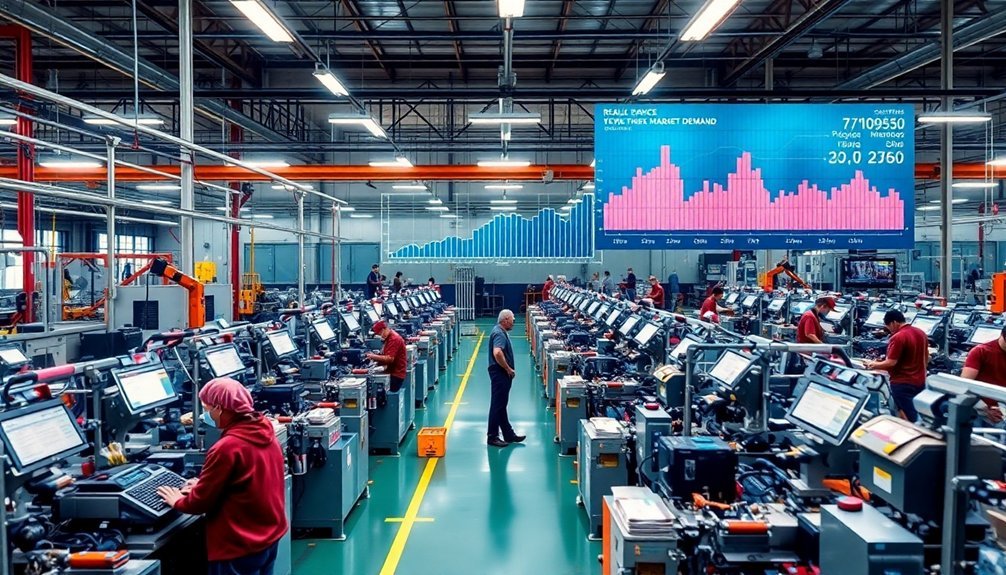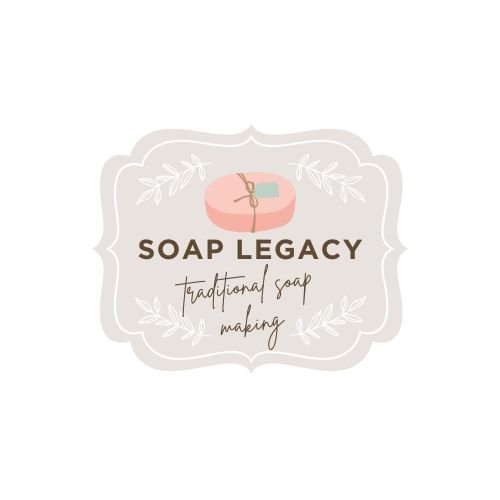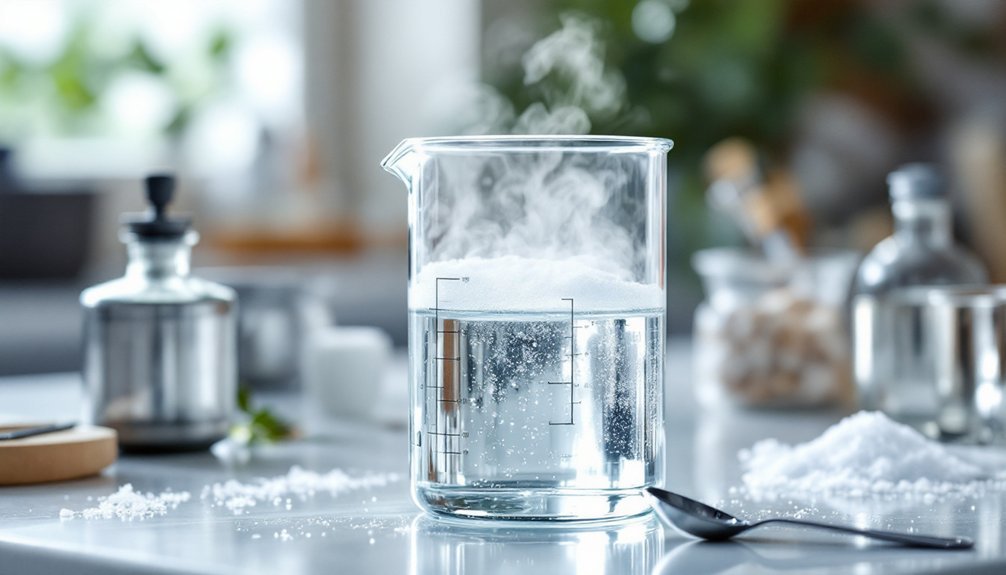The three most cost-effective batch volumes for production are: 1) Economic Order Quantity (EOQ) sized batches that balance holding and setup costs, 2) Smaller, frequent batches that reduce waste and storage expenses while maintaining quality control, and 3) Demand-driven adaptive batches that respond to market fluctuations. You'll need to regularly reassess these volumes as material costs and production capabilities evolve. Implementing these strategies can reduce your raw material waste by up to 30% while keeping inventory aligned with actual customer demand.
Economic Order Quantity (EOQ) for Handcrafted Soap Production

When determining the ideal batch size for your handcrafted soap business, Economic Order Quantity (EOQ) serves as a valuable framework to balance competing inventory costs.
Traditional EOQ calculations assume constant demand patterns that don't always align with handcrafted soap's unpredictable market reality. You'll need a modified approach that accommodates your unique production environment.
Consider implementing a flexible EOQ model that accounts for seasonal trends and fluctuating consumer preferences. This helps optimize your batch sizes while reducing inventory management costs.
Remember that economies of scale must be weighed against processing time and quality control considerations.
Don't just calculate EOQ once—reassess regularly as raw material costs shift and production capabilities evolve. This dynamic approach guarantees you're continuously optimizing batch volumes to maintain profitability while responding nimbly to market changes.
Optimal Batch Sizes to Minimize Raw Material Waste and Storage Costs
Refining batch sizes represents the next logical step after EOQ calculations when enhancing your soap production strategy.
Smaller batches typically reduce raw material waste and storage costs, though they may increase per-unit production costs. Finding your ideal batch sizes requires balancing these competing factors.
Implementing Demand Driven Material Requirements Planning (DDMRP) enables you to adjust batch volumes dynamically based on real-time market conditions.
By aligning production with DDMRP's green buffer zones, you'll enhance inventory turnover rates while protecting against shortages and excess stock.
Research shows strategic batch sizing can reduce raw material waste by up to 30%.
You'll need to continuously reassess your approach as market conditions evolve, since demand variability directly impacts holding costs and resource efficiency.
This ongoing refinement process guarantees your production volumes remain cost-effective while meeting customer needs.
Balancing Production Efficiency With Market Demand Variability

Balancing production efficiency with market demand variability presents one of the most challenging aspects of soap manufacturing today. Your approach allows flexibility when market conditions shift, but requires careful planning of production batch sizes and cycle times.
| Strategy | Impact on Operations |
|---|---|
| DDMRP implementation | Stabilizes order volumes through demand-driven buffers |
| Smaller batch sizes | Reduces waste but may increase unit costs |
| Flexible scheduling | Lets you make changes quickly to production cycles |
| Different variations | Meets diverse customer needs without overstocking |
| Lean manufacturing | Minimizes inventory while maintaining service levels |
Traditional EOQ models often fail in today's volatile markets where four of five required conditions remain unmet. By implementing adaptive production cycles, you'll protect against raw material shortages while keeping inventory levels aligned with actual demand—avoiding both costly overstocks and damaging stockouts.
Frequently Asked Questions
Is Batch Production Cost-Effective?
Yes, batch production is cost-effective. You'll achieve up to 90% cost reductions on complex jobs through optimized resources and minimized setup times. You're also benefiting from economies of scale when producing similar items in larger quantities.
Which Is the Best Example of Batch Production?
Among these examples, bakeries best exemplify batch production. You'll notice they efficiently produce items like cookies in controlled quantities, allowing for taste adjustments between batches while using the same equipment for different products.
What Is the Batch Size of Production?
The batch size of production is the number of units you'll manufacture in a single production run. It's determined by balancing efficiency, costs, and demand to optimize your manufacturing process and inventory levels.
What Is Batch Production Best Suitable for Businesses With?
Batch production is best suited for your business if you're manufacturing similar products using the same equipment, face seasonal demand fluctuations, need flexibility for product modifications, operate in sectors like bakeries, or run a niche startup.
In Summary
You've now discovered the critical batch sizing approaches that can transform your production costs. By implementing EOQ calculations, minimizing waste through smart batch planning, and aligning production with market demands, you'll create a more profitable operation. Don't hesitate to adjust these strategies as your business evolves. Remember, the perfect batch size isn't static—it's responsive to your unique manufacturing realities and changing market conditions.




Leave a Reply